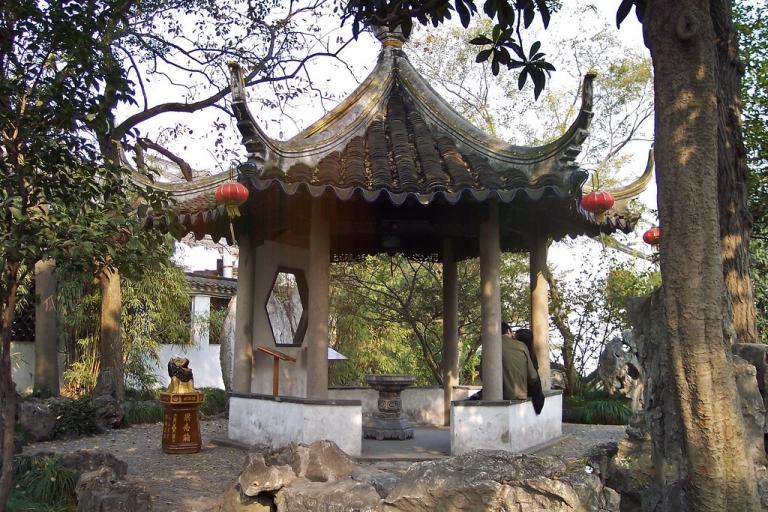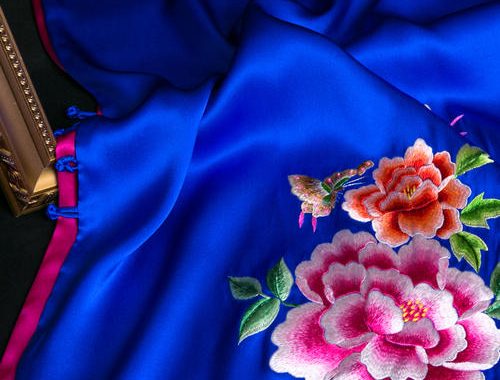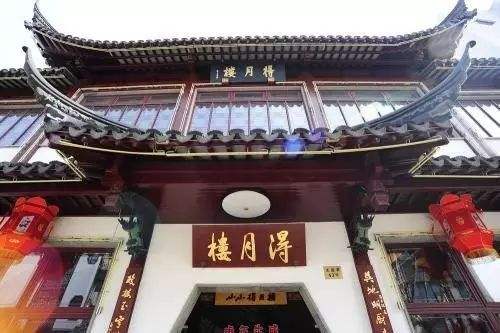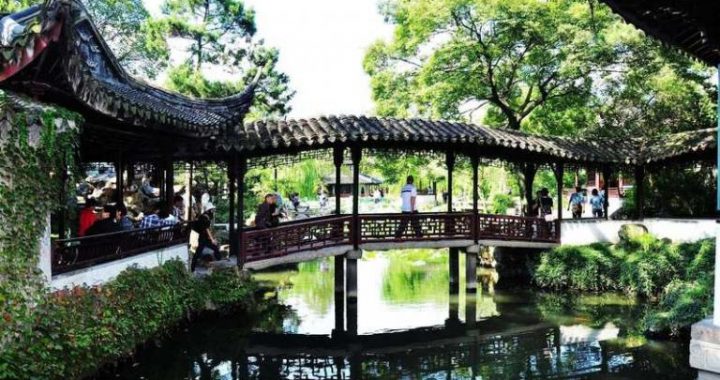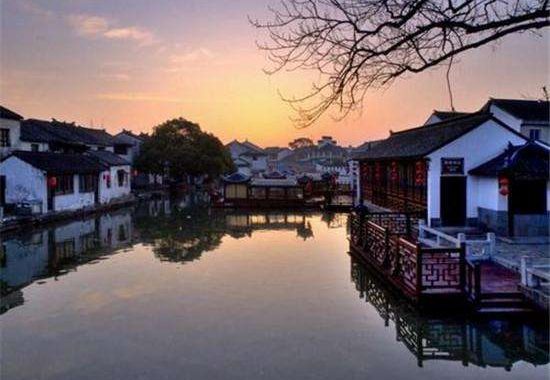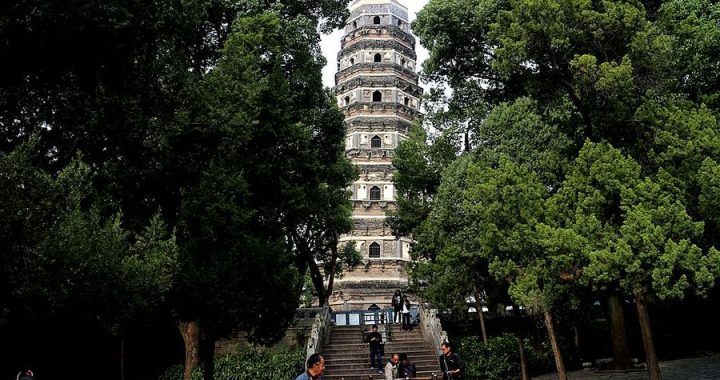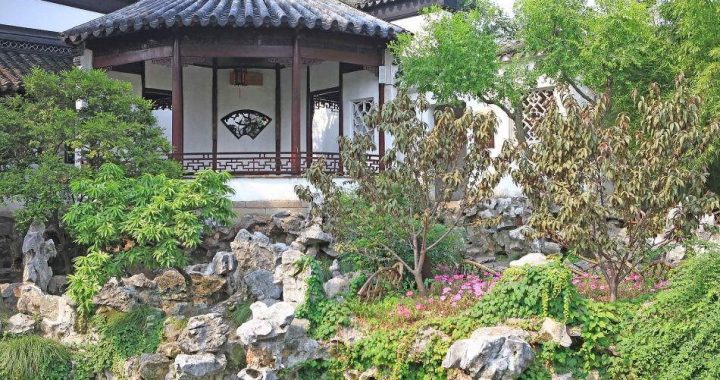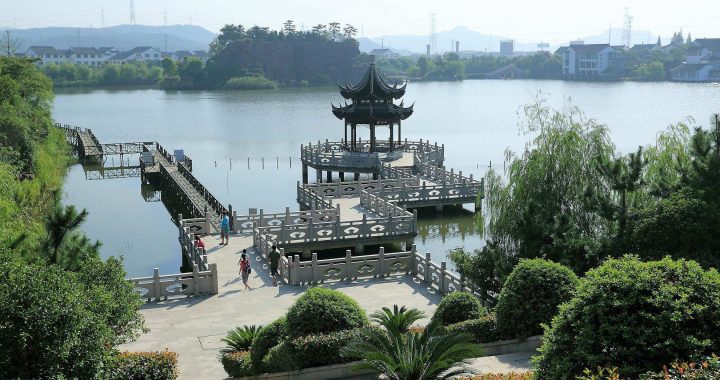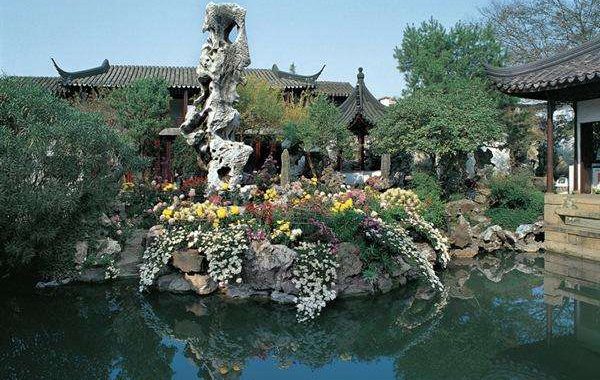Wangshi Garden
3 min readLocated in Suzhou, Wangshi Garden is sophisticated with natural beauty, which is a masterpiece of private garden of the Qing Dynasty. In Suzhou dialect, “Yuweng (fisher)” is pronounced as “Wangshi”. Wangshi Garden means “the place where f sher lives”. This name re f ects the yearning for comfortable and secluded life. As early as in the Southern Song Dynasty, the site of Wangshi Garden was a garden. But it was later abandoned. Today’s Wangshi Garden was built by Song Zongyuan, a retired official of the Qing Dynasty. This garden mainly consists of pond, rockery and courtyard groups at different sizes. Although it only has 9 mu, the tight layout can reveal much in little. The clear pond is its main scene. Corridor , pavilion, building and gallery are dotted along the pond. So visitors can enjoy natural landscape from the different angles.
Hexagonal Pavilion entitled “Yue Dao Feng Lai Pavilion” is the most characteristic building in Wangshi Garden. It protrudes from corridor beside the pond and penetrates into the water surface, with smart design. In this pavilion, people look at rippling waves on beam column, feel the breeze, and enjoy wonderful connotation that man is an integral part of the Nature and coexists with the Nature.
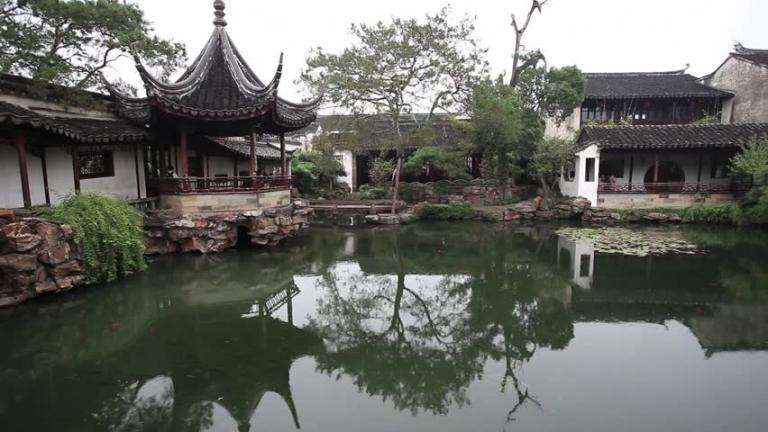
South-region private gardens of the Ming and Qing Dynasties
In the Ming and Qing Dynasties, south-region private gardens clustered in Suzhou and Yangzhou. Some masterpieces were also located in Nanjing, Hangzhou, Changshu, Wuxi, Shanghai and other places because these places were rich, where scholars and high-ranking of f cials sprang up like mushrooms. The south-region private gardens pay attention to horticulture. Water feature and rockwork are important. Smart landscape architecture is adopted to add landscape layers. South-region private gardens have main features of revealing much in little and deep and serene landscape.
Rockwork Curved bridge
Rockwork refers to the hill piled with soil, stone or dominated with stone in garden or courtyard, which is one of the Chinese unique landscape architecture technologies. When piling, dainty and exquisite Taihu Stone, Ying Stone or grand and solid Yellow Stone are generally adopted. And stonework techniques are adopted, such as openwork, leaking and shortening.
Curved bridge
Curved bridge refers to winding bridge, with small size, simple shape and adjacency to the water . In the garden, curved bridge often divides the water surface to enrich the landscape. Curve of curved bridge can not only lengthen the bridge and expand space fee ling, but also help passers-by change points of sight and enjoy natural fun of “landscape changing at every step”.
Naming of Chinese Gardens
Chinese gardens have conscious pursuit of “expressing the ambition with objects” and subtle rhyme, so the naming mostly has bea utiful connotation and profound meaning. Some gardens express lofty and re f ned quality of owners, such as the Humble Administrator’s Garden, Jixiao Villa and Wangshi Garden. Some gardens prove the concept of harmony between man with the Nature, such as “Yue Dao Feng Lai Pavilion” and “Yi Feng Xuan”. Some gardens express owners’ ref ection over themselves, such as “Yu Shui Tong Zuo Xuan”.
